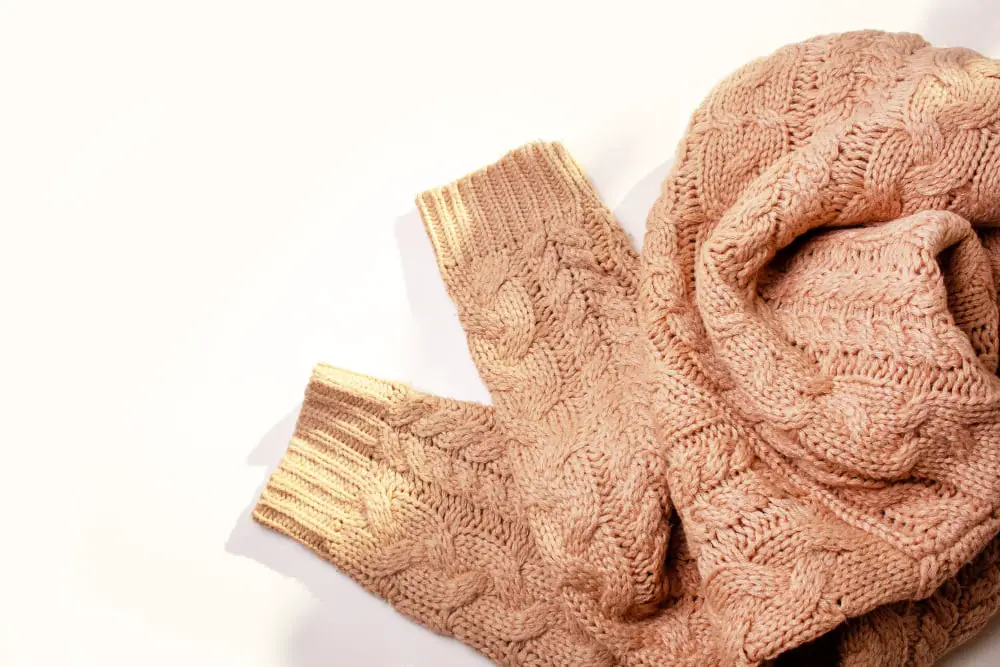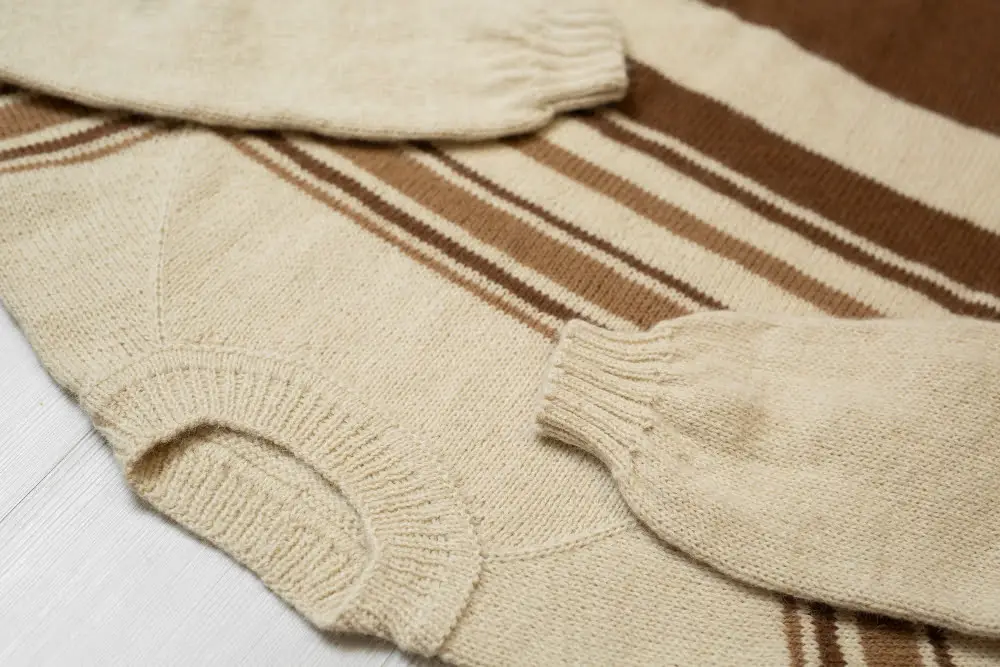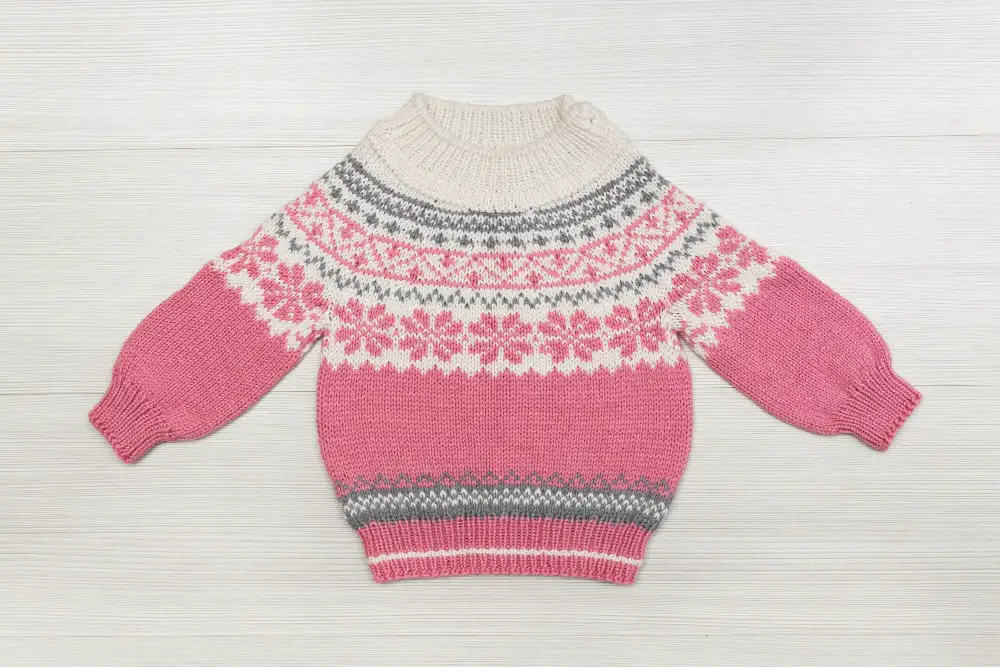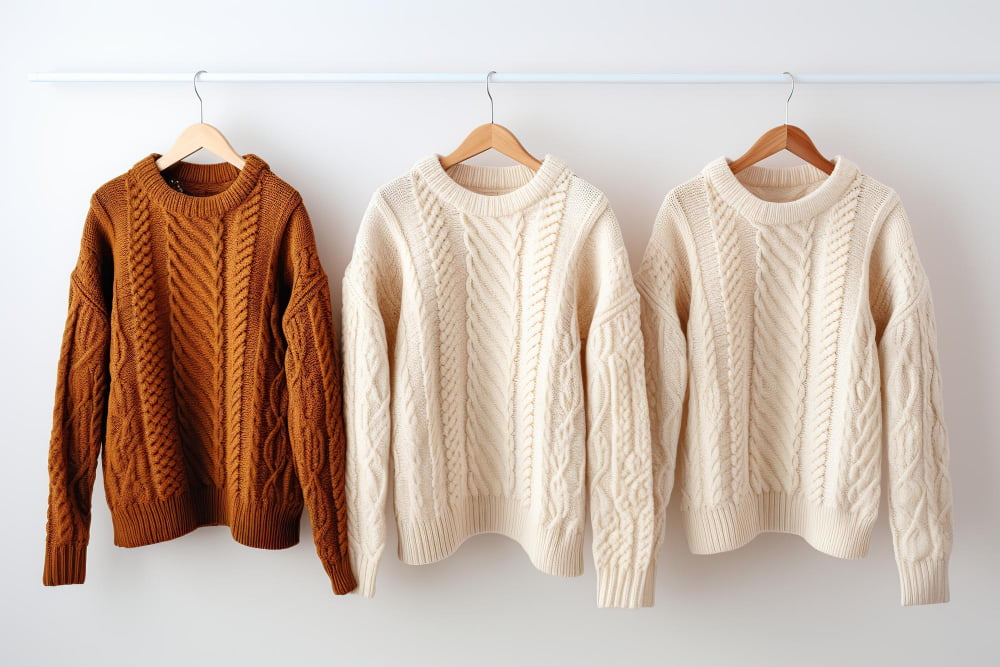Delve into the art of blocking cotton yarn because it transforms homemade creations into professional-looking pieces.
Blocking cotton yarn is an essential step in the crafting process that can greatly enhance the appearance of your finished project. This process helps to set the stitches, even out any irregularities, and give your piece its final shape.
Whether you’re working on a sweater, a blanket, or a delicate doily, knowing how to correctly block cotton yarn can make a significant difference. This article will guide you through the blocking process step by step, offering tips and tricks to ensure the best results.
From the tools you’ll need to the techniques to use, you’ll find everything you need to know about blocking cotton yarn right here.
Key takeaways:
- Enhances stitch definition for a more attractive pattern.
- Aligns stitches, especially for intricate patterns.
- Fine-tunes dimensions, crucial for garments.
- Facilitates easy seaming for multi-piece projects.
- Be careful not to overstretch or permanently deform cotton yarn.
What Does Blocking Yarn Mean?

Blocking is an important finishing process in yarn crafts. It sets the final shape of the project and smoothes out yarn irregularities. By reshaping the yarn through wetting or steaming, fibers are reoriented to create uniformity and correct any distortions. It can also even out stitches, making them more consistent. It’s not only applicable for knitting and crocheting projects but also fiber arts like lacework and macramé. Remember, the essence of blocking is not stretching, but shaping your work.
Do You Have to Block Cotton Yarn?

While it’s not mandatory, blocking will significantly improve the appearance of your finished cotton yarn project. Cotton tends to keep its shape and presents fewer irregularities, but blocking will further enhance this. Also, it helps to adjust the size of your piece, from a crocheted doily to a full-size bedspread.
Here are the key points to remember:
- Enhances the definition of your stitches, making the pattern more noticeable and attractive.
- Aligns your stitches optimally, especially for intricate patterns.
- Fine-tunes the dimensions of your project, a factor crucial for items like garments.
- Facilitates easy seaming in case of multi-piece projects, like cotton sweater blocks.
So, even though it might seem an optional step, you’ll find that blocking substantially raises the quality of your final product. Just bear in mind not to overstretch – be careful, deliberate, and gentle through the process.
Does Cotton Yarn Stretch When Blocked?

While cotton yarn has a reputation for being durable and retaining color well, it’s important to note that it does not possess the same elasticity as wool or synthetic fibers. A key characteristic of cotton is its inflexibility, meaning once it’s stretched out, it generally won’t contract back to its original shape.
Therefore, blocking cotton yarn is fairly straightforward – wet it, shape your project to the desired dimensions, and allow it to dry completely. The dried, blocked project will retain the form given to it during blocking.
It’s crucial to be careful when stretching your cotton yarn project, as excessive stretching can lead to permanent deformation. It’s advisable to minimize stretching and focus more on evenly shaping your project during the blocking process.
Methods of Blocking Cotton Yarn

There are two primary methods of blocking cotton yarn – wet blocking and steam blocking.
1. Wet blocking involves soaking the finished piece in warm water for about 15-20 minutes. After soaking, gently squeeze the excess water, lay it out on a dry towel, and shape it while it’s still damp. This method allows for reshaping and helping the stitches set evenly.
2. Steam blocking, on the other hand, uses the heat from the steam of a household iron to get the yarn into shape. Here, a protective layer, such as a thin cloth, is placed between the iron and crochet work. The heat relaxes the fibers, allowing you to shape the finished piece as desired.
Remember, never to pull or stretch the cotton yarn excessively while blocking as cotton tends to retain its shape after blocking. Also, it is essential to choose the blocking method that best suits the nature of your project and yarn type.
How Do You Block Cotton Yarn When Crocheting?

Ensuring cotton yarn retains its shape and size when crocheting requires careful blocking. Begin by fully immersing your crochet project in lukewarm water. Add a smidgen of delicate fabric wash to the water if you prefer, but it’s not a necessity. Thoroughly but softly expel excess water after soaking.
Spread a clean towel and lay the wet crochet on it. Roll the towel with the crochet inside, pressing down to squeeze additional moisture out. Avoid wringing or distorting it; the goal is to get it damp, not dry.
Place another dry, clean towel on a flat surface that can accommodate the size of the crochet work. Spread out your crochet project in the desired shape on this towel. You may use rust-proof pins to hold it in place, especially for intricate or lacy designs.
As the crochet piece dries naturally, it will retain the shaped form, giving your project a crisp, professional look. Remember, cotton yarn can take longer to dry; hence, patience pays off. Never use a dryer or heater to speed up the process, as they may shrink or stretch the yarn.
In essence, blocking cotton yarn during crochet involves soaking, blotting, shaping, and allowing it to naturally air dry in its place. It requires a bit of time and care but is worth the effort for a well-shaped, beautiful finish.
How Do You Steam Block Cotton Yarn?

Steam blocking is an effective method for shaping cotton yarn. To begin, you’ll need a steam iron and a clean, light-colored towel. Always ensure your work is placed wrong side up to prevent the iron from flattening your stitches. Also, remember, the iron should never directly touch your project.
Follow these steps:
- Spread your work on an ironing board or a thick, heat-resistant surface.
- Place the towel over your item.
- Set your iron to the steam setting and slowly move it over the towel, approximetely an inch above.
- The heat and steam will penetrate through the towel, lightly dampening and heating the yarn.
- Gently shape your work as needed while it’s still warm.
- Allow your piece to fully cool and dry in place.
This process enables you to control the final dimensions and appearance of your project, giving it a more professional, finished look. Remember patience is key, don’t rush the drying process!
How to Maintain the Shape of Blocked Cotton Yarn?

Cotton yarn, unlike synthetic or wool blends, is less resilient to blocking. Therefore, maintaining its shape post-blocking will often require extra care. Here are some tips for making this work.
1. Dry Flat: Always lay your finished object flat to dry. This prevents unwanted stretching or distortion of shape caused by gravity.
2. Gentle Care: Post-blocking, cotton yarn tends to revert slightly due to its inherent elasticity. Delicate handling and washing will prolong its blocked shape.
3. Cold Wash: Always opt for a cold wash for your cotton pieces as high temperatures may cause damage or further shrinkage.
4. Natural Drying: Avoid tumble dryers for cotton items. The high heat can cause shrinking and damage the fibers. Instead, opt for air drying.
Remember, the care guidelines provided on your yarn tag are incredibly important. Always consider these before blocking and cleaning.
5. Regular Re-blocking: Cotton yarn may need regular re-blocking after washing. It’s not a drawback, rather a characteristic of the natural fiber. Embrace and plan for it in your craft.
FAQ
Does cotton yarn bloom when blocked?
Yes, cotton yarn does bloom when blocked, filling out gaps and making the fabric appear more solid.
Can I iron milk cotton yarn?
Yes, you can iron milk cotton yarn, but you should use caution to prevent flattening the stitches, or opt for steam instead.
How does different temperature water affect blocking cotton yarn?
Different temperature water affects blocking cotton yarn by determining the level of fiber relaxation, with warm water leading to more relaxed fibers, hence a more effective blocking.
What are the best blocking methods for patterned cotton yarn projects?
The best blocking methods for patterned cotton yarn projects are wet blocking and spray blocking, both of which help in shaping the project and enhancing stitch definition.
Is it necessary to use special blocking pins for cotton yarn?
No, it’s not necessary to use special blocking pins for cotton yarn; ordinary straight pins can work just as effectively.





